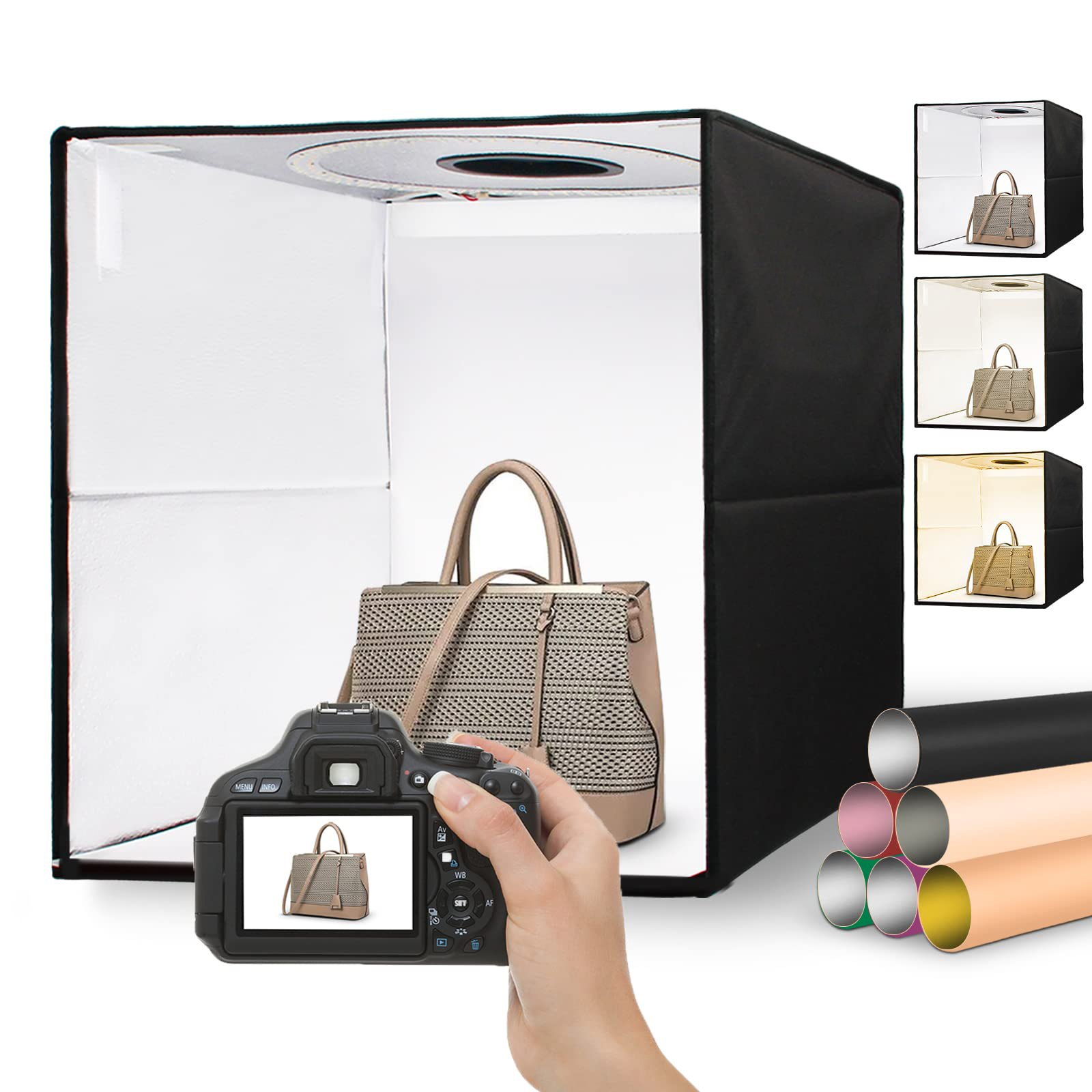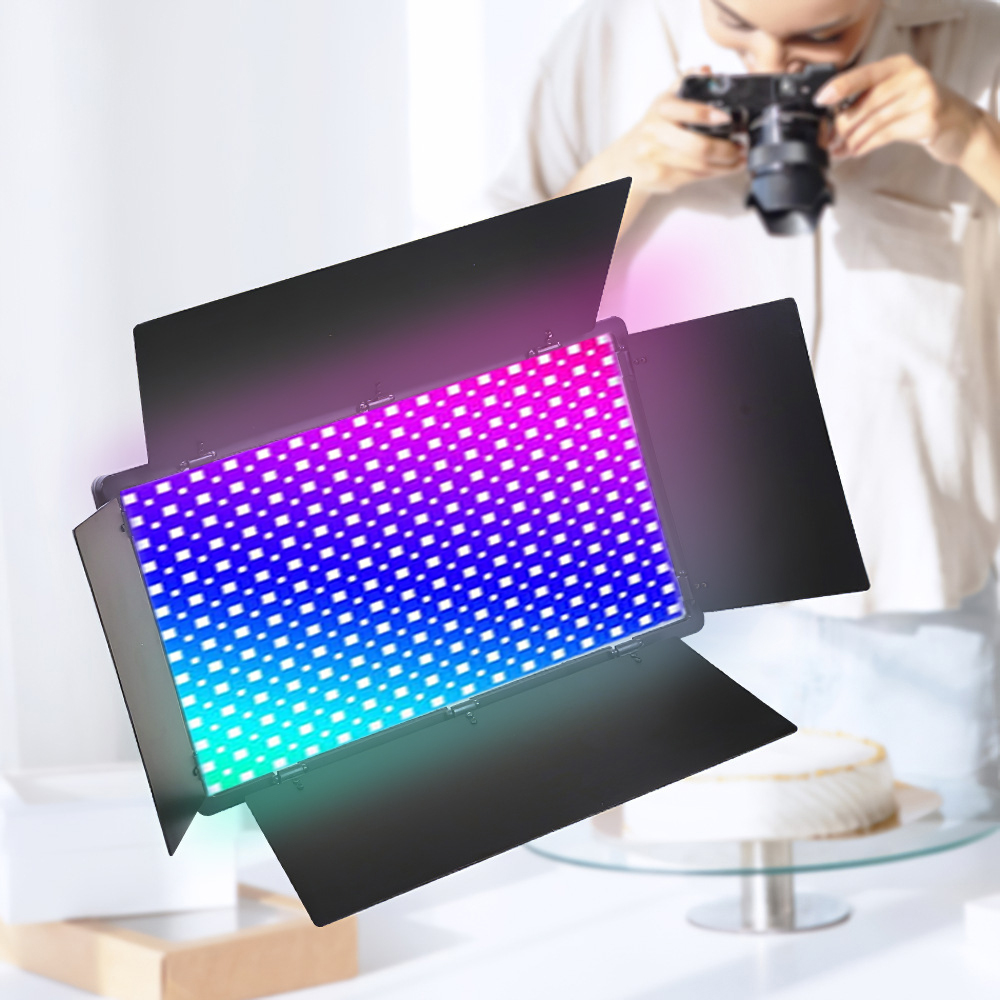The Vital Role of Photography Lighting: Illuminating the Path to Creativity
Introduction
In the realm of photography, the interplay of light and shadow is as crucial as the camera itself. It is the lighting that breathes life into a photograph, shaping its mood, depth, and narrative. This article delves into the indispensable role of photographic lighting, exploring its impact on various genres of photography and the innovative ways it is being integrated with modern technology.
The Fundamental Role of Photography Lighting
Light is the silent protagonist in every photograph. It sets the scene's tone, guides the viewer's attention, and accentuates the subject's features. Without proper lighting, even the most exquisite subjects can appear flat and lifeless. Lighting control is essential for creating the desired atmosphere and emotional response in the viewer.
Types and Selection of Photography Lighting
The choice between natural and artificial light often dictates the photographer's approach. Natural light offers a dynamic, ever-changing palette, while artificial light provides consistency and control. The decision between continuous lighting and flash depends on the desired effect and the photographer's need for synchronization with the camera's shutter speed.
Application of Photography Lighting in Various Fields of Photography
Portrait Photography: Here, lighting is used to sculpt the subject's face, highlighting contours and emotions.
Product Photography: Accurate and even lighting is crucial for revealing the texture and details of products.
Landscape Photography: While dominated by natural light, artificial light can enhance scenes during the golden hours or night photography.
Creative Lighting Techniques
Mastering creative lighting techniques can elevate a photograph from ordinary to extraordinary:
Backlighting: Creates a dramatic effect by silhouetting subjects against the light source.
Side Lighting: Enhances the subject's texture and form, adding depth to the composition.
High Contrast Lighting: Utilizes stark differences in light and shadow to create a bold, impactful image.
Integration of Photography Lighting with Modern Technology
The advent of smart lighting systems and LED technology has revolutionized the way photographers work with light. Programmable lighting allows for complex setups to be controlled remotely, while the energy efficiency and adjustable color temperature of LEDs make them a versatile choice for various lighting scenarios.
The Future Development of Photography Lighting
As technology progresses, so does the realm of photographic lighting. We can expect to see more energy-efficient, intelligent, and adaptable lighting solutions that will further empower photographers to bring their creative visions to life.
Conclusion
Photographic lighting is more than a technical necessity, it is an art form in itself. It is the tool that allows photographers to manipulate light to evoke emotions, tell stories, and create visual masterpieces. As we look to the future, the continued evolution of lighting technology promises to unlock new dimensions of creativity for photographers worldwide.


![]()


